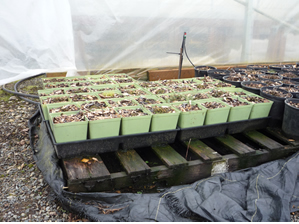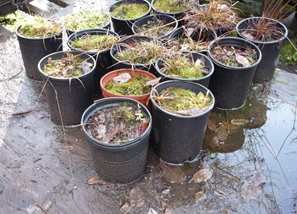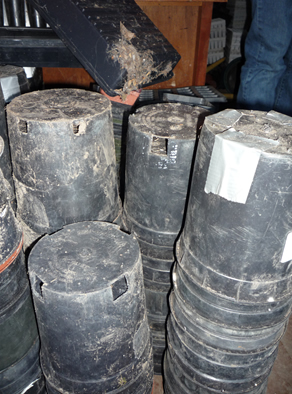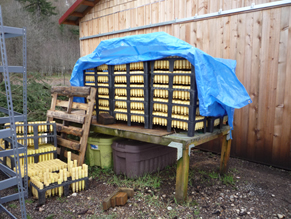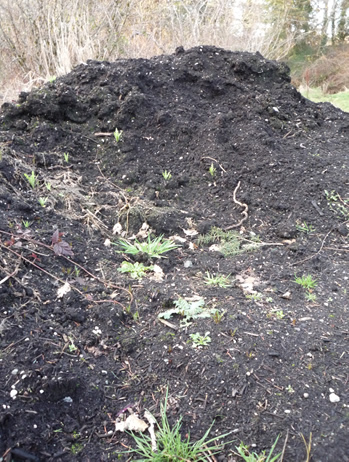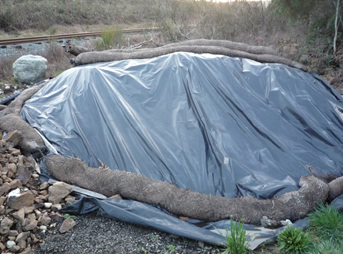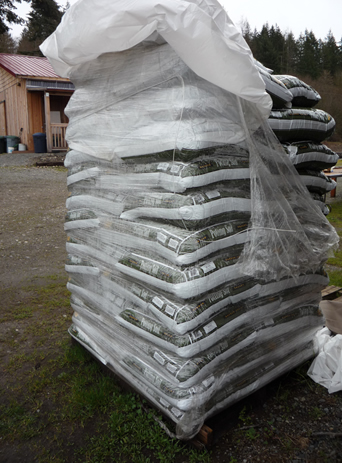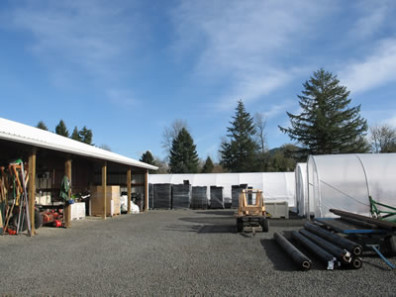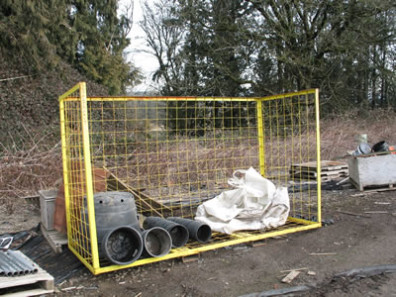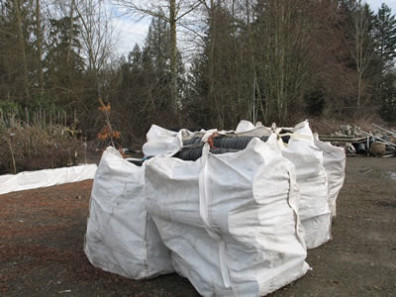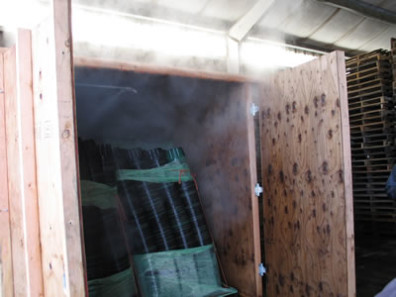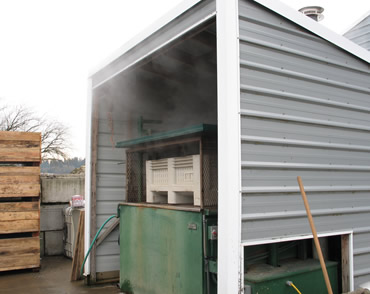Water
gary.maguireWater management for native plant nurseries
| Many growers use water from an adjacent stream or river for irrigation. It is wise to treat this water before use, to prevent infection of crops with P. ramorum and other waterborne diseases. | 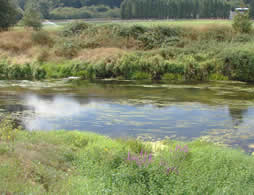 |
| Irrigating restoration plantings using stream water is risky if the plants are hosts and the water is contaminated. This is critical for Phytophthora spp. that cause root disease, such as P. lateralis and P. cinnamomi. While P. ramorum is not known to cause root disease, it can colonize the roots asymptomatically. The consequences of this is an area of research that needs further study. | 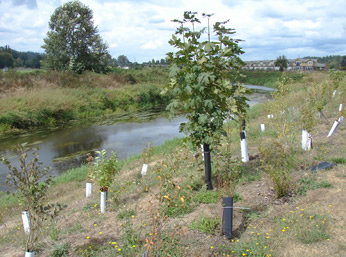 |
| Sediment deposited on plants after flooding is one means of transmitting P. ramorum inoculum from water to foliage. | 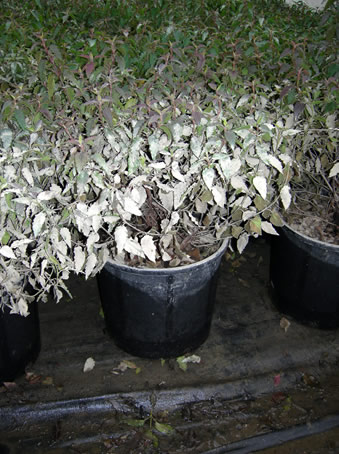 |
| A high water table will create a flooded situation in an in-ground planting, increasing plant stress and potential for Phytophthora infection.
Back to Best Management Practices for Native Plant Nurseries |
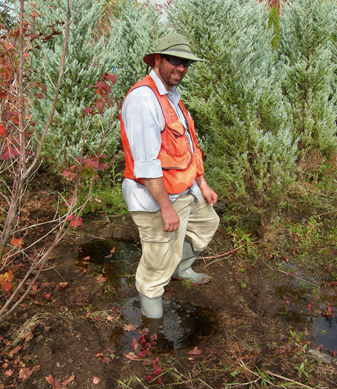 |
Contact: Gary Chastagner, 253-445-4528 | WSU Puyallup Research & Extension Center, 2606 West Pioneer, Puyallup, WA, 98371-4998 USA
Last updated January 2, 2013
